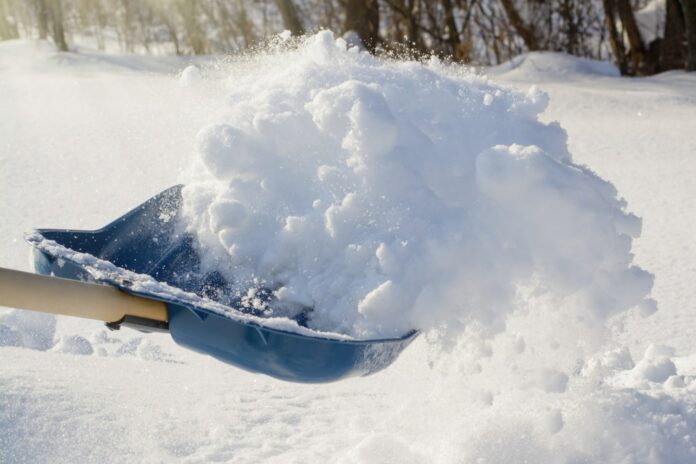The Arctic is warming much faster than the rest of the world due to global warming. Pollution from different places gathers in the Arctic air and changes the atmosphere’s chemistry. This pollution absorbs sunlight and affects local weather, making the Arctic warmer. Sea salt particles are a big part of this pollution, but we don’t know exactly how they formed and affected the Arctic climate.
Jian Wang and a team of atmospheric scientists from Washington University in St. Louis studied how sea salt particles from blowing snow affect Arctic warming. They found that blowing snow in the central Arctic makes a lot of tiny sea salt particles, which increases the number of particles in the air and helps form clouds. They published their findings in the journal Nature Geoscience on September 4th.
Xianda Gong, the study’s first author and a former postdoctoral researcher in Wang’s lab, said, “Over the past few decades, scientists have identified ‘Arctic haze’ as the primary source of aerosols in the Arctic during winter and spring. This haze results from the long-range transport of pollutants. However, our study reveals that local blowing snow, which produces sea salt particles, contributes a more substantial fraction to the total aerosol population in the central Arctic.”
Wang’s team used data from the MOSAiC expedition, which involved freezing an icebreaker into the Arctic ice for a year. This allowed them to study how aerosols and clouds change over time in the Arctic. They were surprised to find very small sea salt particles in high amounts when snow and strong winds were blowing. Usually, sea salt particles from the ocean are more significant and less common.
In the central Arctic, the coldest nights are the clearest because heat can escape into space. But when there are clouds, they trap heat and make it warmer. Small particles, like the sea salt ones found by Wang’s team, are great for making clouds.
These sea salt particles can help create clouds that trap heat, especially in the dark winter and spring Arctic. This warms up the Arctic surface.
Even though scientists hadn’t noticed this before, sea salt particles from blowing snow have always been in the Arctic. This new discovery can update climate models to include these tiny particles. They make up about 30% of all the particles in the Arctic.
Wang said, “Model simulations that don’t include fine sea salt aerosols from blowing snow underestimate aerosol population in the Arctic. Blowing snow happens regardless of human warming, but we need to include it in our models better to reproduce the current aerosol populations in the Arctic and project future Arctic aerosol and climate conditions.”
The findings highlight the importance of considering blowing snow-generated sea salt aerosols in climate models. Before this research, their role should have been more noticed. Including them in models is crucial for a more accurate representation of Arctic aerosol populations and to project future Arctic climate conditions better.
Journal Reference:
- Gong, X., Zhang, J., Croft, B. et al. Arctic warming by abundant fine sea salt aerosols from blowing snow. Nature Geoscience. DOI: 10.1038/s41561-023-01254-8.
